This piece is part of the Taiwan-U.S. Quarterly Analysis series, which features the original writings of experts with the goal of providing a range of perspectives on developments relating to Taiwan.
Recent Sino-American discussions have sought to reestablish the channels of communication between Beijing and Washington that have frayed since the Trump administration. If these efforts are to have any success, a path must be found to reduce the tensions in the Taiwan Strait that are threatening the peace in the area. One important step that might be taken by the United States to achieve this end would be a return to the policy that has, in the past, guided its approach in the area — the “One China” policy.
This may seem to be a paradoxical statement since adherence to the “One China” policy has been the mantra guiding U.S. policy during the recent periods of high tension in the area. Yet this is not the case. The Biden administration maintains that both its policies and the overall situation in cross-Strait relations are consistent with the practice of the “One China” policy which, in the past, supported a peaceful status quo in the area. However, China rejects this claim, asserting that this policy, which has undergirded the United States approach to this issue, has been “hollowed out.”
Given this situation, how might it be possible to reestablish a working relationship based on the “One China” policy when such differences exist regarding the nature of this fundamental framework intended to manage differences in the Taiwan area? The answer to this lies in an understanding of the origins and past practice of the policy.
The “One China” policy
So, what was the “One China” policy? It is certainly not the “One China” principle by which Beijing claims that Taiwan is an inalienable part of China. The simplest definition of the “One China” policy of the United States is that it recognized the government of the People’s Republic of China (PRC) as the sole, legitimate government of China in 1979. Still, this is incomplete.
Since the spring of 1979 when Congress passed the Taiwan Relations Act, the scope of the “One China” policy has considerably broadened. The act itself was intended to complement the PRC’s recognition with a commitment to a continued “unofficial relationship” with the “people of Taiwan” and an expression of concern regarding threats from China. Provisions for possible support for the island in the event of such an eventuality were also made. Along with the terms of recognition, it outlined a policy to be practiced with respect to both sides of the Taiwan Strait — that is, not only China, but also Taiwan. In other words, it should more properly be called a “cross-Strait policy.”
The most important elements of that policy in regard to China were:
- The recognition of the PRC as the sole legal government of China;
- The “acknowledgment” but not acceptance of the Chinese position that Taiwan is a part of China (Beijing’s “One China” principle);
- The expectation that any solution to cross-Strait differences would be resolved peacefully.
Regarding policy toward Taiwan, the elements were:
- The termination of the 1954 Mutual Defense Treaty;
- Washington continued to define the status of the island of Taiwan as “undetermined,” with the ruling government not considered to be a sovereign state in the international system;1
- The United States reserved the right to provide Taiwan with arms of a defensive character to resist any resort to force or other forms of coercion that would jeopardize the security, or the social or economic system, of the people on Taiwan;
- There was provision for the president and Congress to consult on further action in the event of a threat to Taiwan.
Three other elements have been included in the years since 1979 such as the U.S. position that the cross-Strait conflict be resolved peacefully and with the assent of the people of Taiwan. However, these principles capture the basic elements that provided the foundation of the policy.
The first of these is that both sides — Taiwan and China — had to give up something for the relationship with the United States during these years. On the one hand, Taiwan did not attain U.S. support for its desired status as a sovereign state separate from China, with all the subsequent consequences for its ambiguous standing in the international system as well as the security provided by the mutual defense treaty. On the other hand, China had to tolerate but not necessarily accept an extensive “unofficial relationship” between the United States and Taiwan, arms sales to the island, and U.S. insistence on a peaceful resolution of the conflict (rejected by the Chinese as interference in their domestic affairs). These elements of mutual dissatisfaction with the terms of normalization would be the source of persistent tension in the triangular relationship in the years to come as both China and Taiwan pressed for their reversal.
The second is that each side got enough during this period to make its relationship with the United States feasible and valuable. Because of this, it was possible for the United States to pursue its interests in the Taiwan Strait while having a political relationship with some leverage on both sides of the Strait. Hence, my argument that calling this policy the “One China” policy is a misnomer that obscures its full content even as it diminishes its scope and significance. It has rather been, to repeat, a “cross-Strait policy” that made U.S. diplomacy viable in the area.
Third, a final observation relates to the purpose of this policy. It was to serve as more than guidelines for relations with the PRC and Taiwan. It approached cross-Strait relations from two perspectives. Given China’s refusal to yield any ground on the question of using force to resolve its differences over Taiwan and the U.S. concern over appearing to abandon “an old friend,” the policy has robust elements that provide for a military response to a Chinese threat to the security in the area.
Alternatively, the “One China” policy was also intended to ensure that the United States could maintain productive relationships with both of the opposing actors in the area to secure American interests; a role that could only be played if the United States maintained the confidence of both actors by pursuing a balanced policy that stayed within the limits imposed by the guidelines of the “cross-Strait policy” in relations with each side.
The best example of this was U.S. policy during the tenure of Taiwanese President Chen Shui-bian. In 2003, concern that Chen’s policies were endangering the peaceful status quo prompted a public statement by President George W. Bush in the presence of the Chinese premier rejecting any unilateral changes to the status quo.
A different U.S.-China relationship
Bush’s statement was a clear expression of the balanced nature of the “One China” policy and its essence has been repeated by the Biden administration. However, the “One China” policy, which pursued diplomatic resolution of differences alongside preparations for military contingencies, was conceived within an environment characterized by Sino-American engagement. Today’s environment is different. Relations between the United States and China in the Taiwan Strait have been drifting toward military confrontation and what political scientists call a “security dilemma,” or when one party’s efforts to assure their own security are seen as threatening by the other and lead to a spiral of increasing confrontation.
And so, looking at it from the perspective of U.S. policy during the period of Sino-American engagement, the balance that characterized Taiwan policy has been weakened in two ways. There has been a tilt away from diplomacy and toward military deterrence and, with this, less concern for the elements in the “One China” policy that made it possible to have practical U.S. relationships with both China and Taiwan.
Thus, as the process of negotiating a post-engagement relationship proceeds, efforts should be made to strengthen this dimension of the “One China” policy. The current militarization of the cross-Strait dispute should not obscure the advantages that can be gained from a balanced policy that recognizes the interests of both sides and pursues the U.S. interest in peace and security in the region.
This may sound naïve as conflict rather than common interests has come to characterize the situation in the Taiwan Strait during the past decade. China’s military buildup, its provocative grey zone tactics, and its uncompromising position on Taiwan remain. In Taiwan, resistance to the mainland’s terms for unification has hardened and the efforts for greater international visibility have increased. Finally, in the United States, anti-China sentiment has grown not only in public opinion polls but also within the government, where there is pressure to use U.S. support for Taiwan to punish China.
As a post-engagement Sino-American relationship proceeds, there may be a need for revisions in the elements that constitute the “One China” policy. However, in the present circumstances, what is most important is the commitment to the fundamental balance between military means and diplomacy as well as in the policies toward both sides of the Strait that make it possible to better pursue the American interest in regional peace and stability.
-
Footnotes
- However, provision was made for the maintenance of an “unofficial relationship” with Taiwan across a wide spectrum of economic, cultural, and military relations.



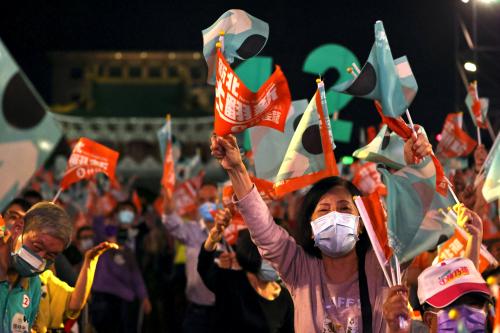
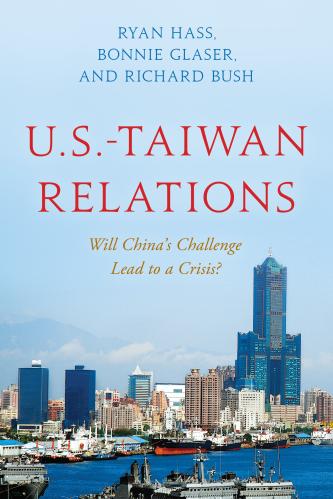
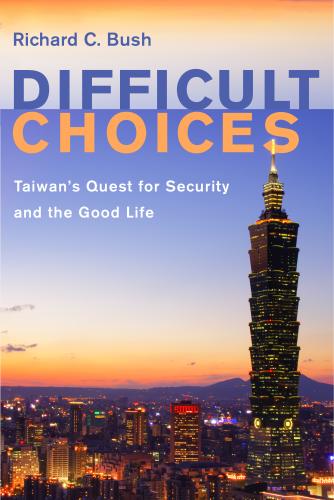
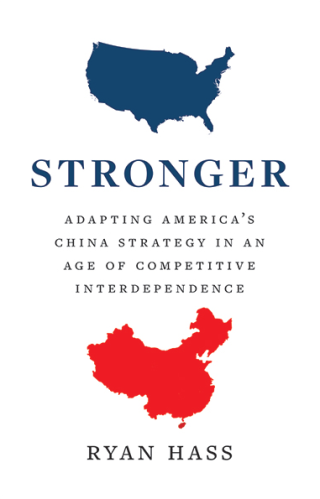

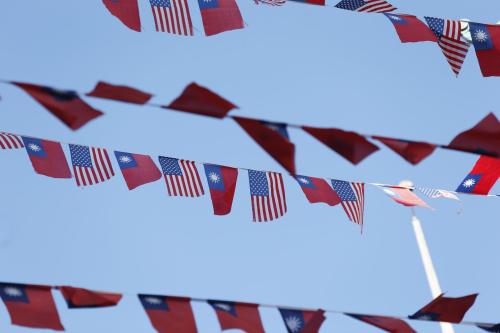

Commentary
Understanding the One China policy
August 31, 2023